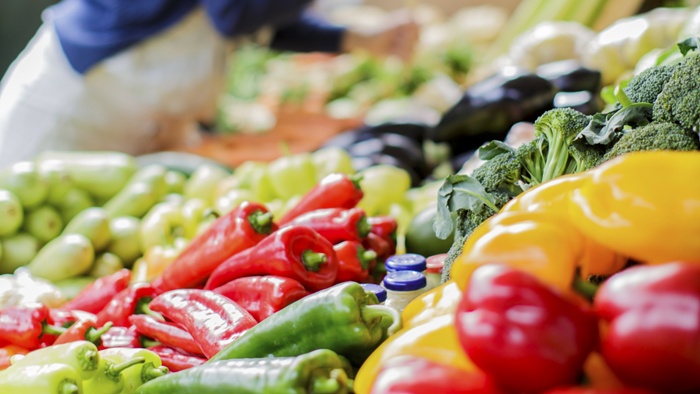
Farming organic is definitely no easy task! For one thing, organic farming prohibits synthetic pesticides, herbicides, fungicides and fertilizers. Genetically modified organisms, sewage sludge and any sort of radiation are also never seen in an organic environment. The animals on organic farms are free of growth hormones, antibiotics and steroids, and tend to be grass-fed, too.
There is also a large focus on biodiversity and a certain level of integrity that comes with proper soil health, sustainable water quality, humane livestock practices and renewable resources.
Organic farmers go through a lot of painstaking effort to make sure things are done the right way. All this factors into product cost for the consumer when it gets to market. It tends to be higher, but the quality you get is far more than just a price tag. For those who like the idea of buying organic foods but are discouraged by the cost, there are ways to make it work.
Here, five handy tips to buying organic foods the right way.
1. Have an Organic Plan
Keeping your organic food fresh is really important, otherwise you have just wasted a lot of money to add more to your compost! It can be easy to lose focus and purchase large amounts only to have it all go bad in a few days.
It helps to make a list of what you need and plan meals accordingly. Make sure you only buy antibiotic and hormone-free animal products like poultry and eggs to round out your selections.
2. Follow the Dirty Dozen
It’s understandable that you may not be able to do all of your shopping in the organic section. The “Dirty Dozen” is a list compiled by the Environmental Working Group which outlines types of fruits and vegetables you should consider buying organic, based on typical pesticide content.
The “Clean 15” is a list of produce items which contain fewer pesticides, including onions, avocados, sweet potatoes, grapefruit, watermelon, cantaloupe, eggplant, mango, pineapples and sweet corn.
3. Make Sure You Shop Around
The primary place you’ll find organic food is your health food store; however, some items may be higher in price, too.
Luckily many grocery stores are getting in the habit of dedicating full sections to organic food which can come at a lower cost. Try to shop around to get the best bang for your buck. Another little trick is to shop for organic meat closer to the “best before” date.
4. Support Your Community
Farmers’ markets are a perfect way to get to know your community and introduce yourself to the farmers. These markets have a great, fresh selection and you might score a deal, too!
You can also consider community supported agriculture (CSA) programs or local food co-ops that provide delivery or pick-up services and have new and exciting organic foods with various vegetables you won’t typically find at health food stores, like spring garlic. This method also allows you to eat primarily what is in season. Fresh is always best!
5. Grow Some Organic Yourself
Growing your own gives you the chance to have a mini-farm for yourself, which is a great experience.
Organic seeds are relatively inexpensive and you will certainly have food on your table that is pesticide-free. You will have to put in some work, but the experience will make it worth the effort.
For more helpful tips to grow your own organic fruits and veggies:
How to Grow Your Own Healthy Vegetables (no green thumb required)
Sources:
Beard, S., “5 Simple Ways to Buy Organic Food on a Budget,” Wall St. Cheat Sheet website, March 31, 2014; http://wallstcheatsheet.com/life/organic-food-shopping-on-a-budget.html/?a=viewall.
Beattie, L., “Buying Organic Food on a Budget,” Spark People website; http://www.sparkpeople.com/resource/nutrition_articles.asp?id=740, last accessed May 8, 2014.













